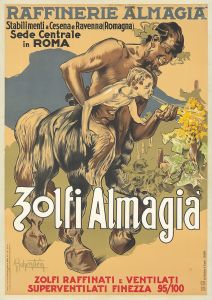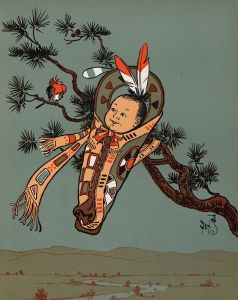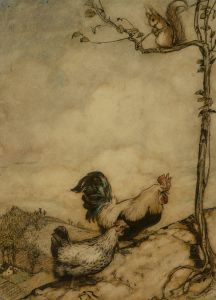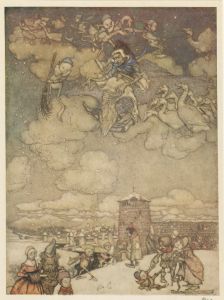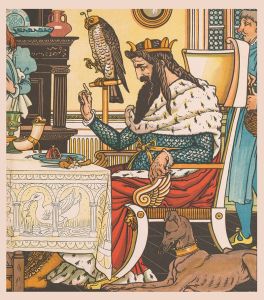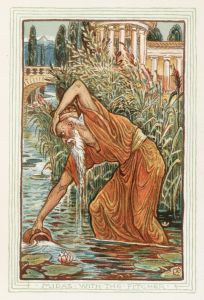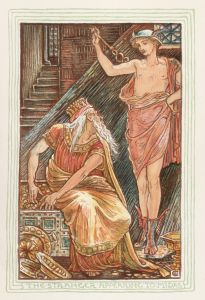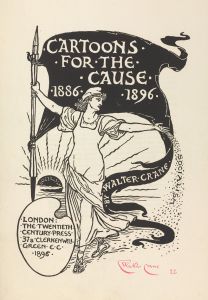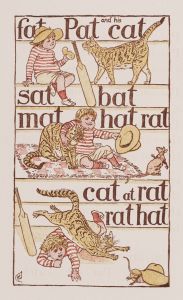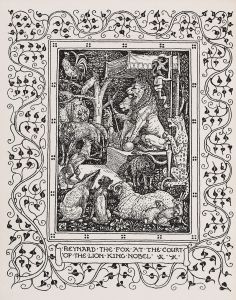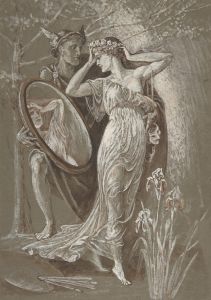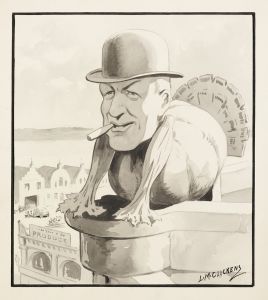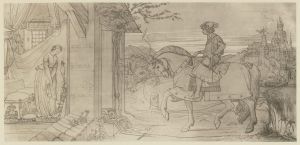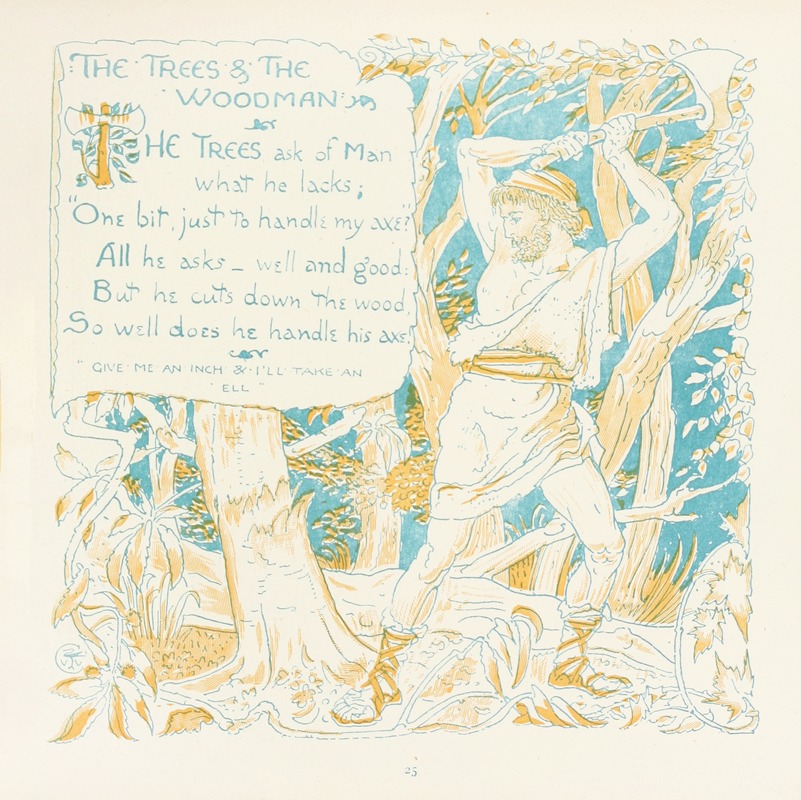
The Trees and the Woodman
A hand-painted replica of Walter Crane’s masterpiece The Trees and the Woodman, meticulously crafted by professional artists to capture the true essence of the original. Each piece is created with museum-quality canvas and rare mineral pigments, carefully painted by experienced artists with delicate brushstrokes and rich, layered colors to perfectly recreate the texture of the original artwork. Unlike machine-printed reproductions, this hand-painted version brings the painting to life, infused with the artist’s emotions and skill in every stroke. Whether for personal collection or home decoration, it instantly elevates the artistic atmosphere of any space.
"The Trees and the Woodman" is an illustration created by the renowned English artist and book illustrator Walter Crane. Born on August 15, 1845, in Liverpool, England, Crane was a prominent figure in the Arts and Crafts Movement and is best known for his contributions to children's book illustrations and his work as a designer.
Walter Crane's illustration "The Trees and the Woodman" is part of his extensive body of work that often included themes from classical literature, mythology, and folklore. Crane's style is characterized by its intricate detail, vibrant colors, and the influence of the Pre-Raphaelite Brotherhood, which emphasized a return to the abundant detail, intense colors, and complex compositions of Quattrocento Italian art.
"The Trees and the Woodman" is based on one of Aesop's fables, a collection of stories attributed to Aesop, a slave and storyteller believed to have lived in ancient Greece between 620 and 564 BCE. Aesop's fables are known for their moral lessons, and "The Trees and the Woodman" is no exception.
The fable tells the story of a woodman who goes into the forest to ask the trees for a handle for his axe. The trees, in their generosity, agree to give him a piece of wood. However, once the woodman has fitted his axe with the handle, he begins to chop down the very trees that helped him. The moral of the story is a caution against giving aid to those who may use it to cause harm.
Crane's illustration captures the essence of this fable with his detailed and expressive artwork. The scene typically depicts the woodman in the act of chopping down the trees, with the forest around him, emphasizing the betrayal and the consequences of the trees' generosity. The illustration would have been created using Crane's signature techniques, which often involved wood engraving and later, color printing processes that allowed for the vibrant and detailed images he is known for.
Walter Crane's work, including "The Trees and the Woodman," played a significant role in the development of children's literature and illustration in the late 19th and early 20th centuries. His illustrations were not only visually appealing but also served to enhance the storytelling experience, making the moral lessons of fables and fairy tales more accessible and engaging for young readers.
Crane's influence extended beyond his illustrations; he was also an advocate for the decorative arts and a proponent of the Arts and Crafts Movement, which sought to promote craftsmanship and design in response to the industrialization of the period. His work remains highly regarded for its artistic quality and its contribution to the fields of illustration and design.
In summary, "The Trees and the Woodman" by Walter Crane is a notable example of his illustrative work, drawing on the rich tradition of Aesop's fables to convey a timeless moral lesson through his distinctive artistic style.





